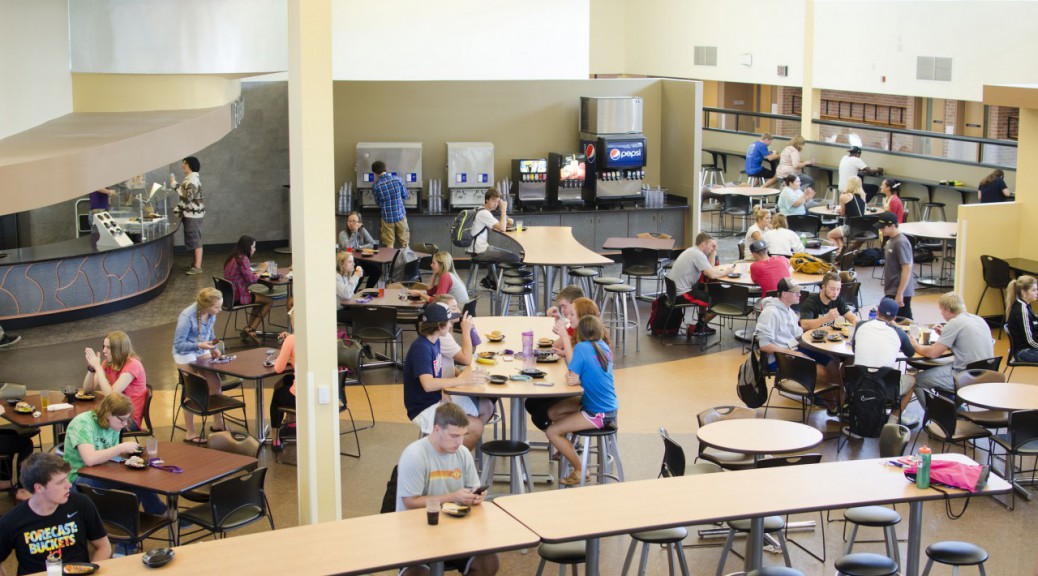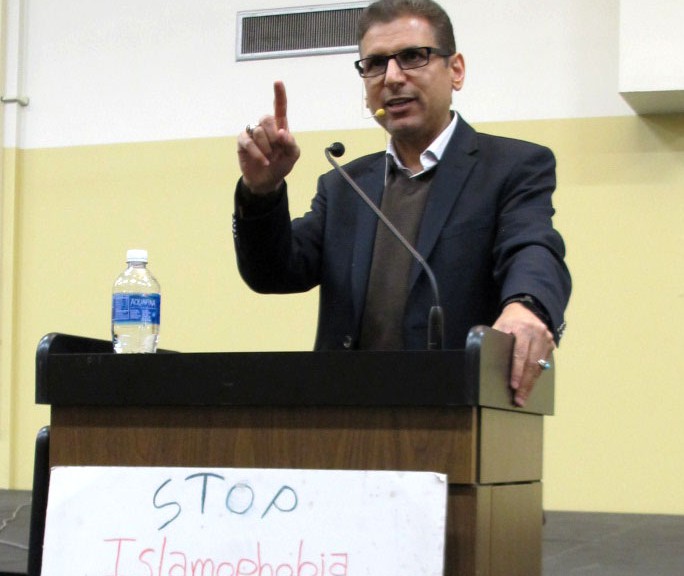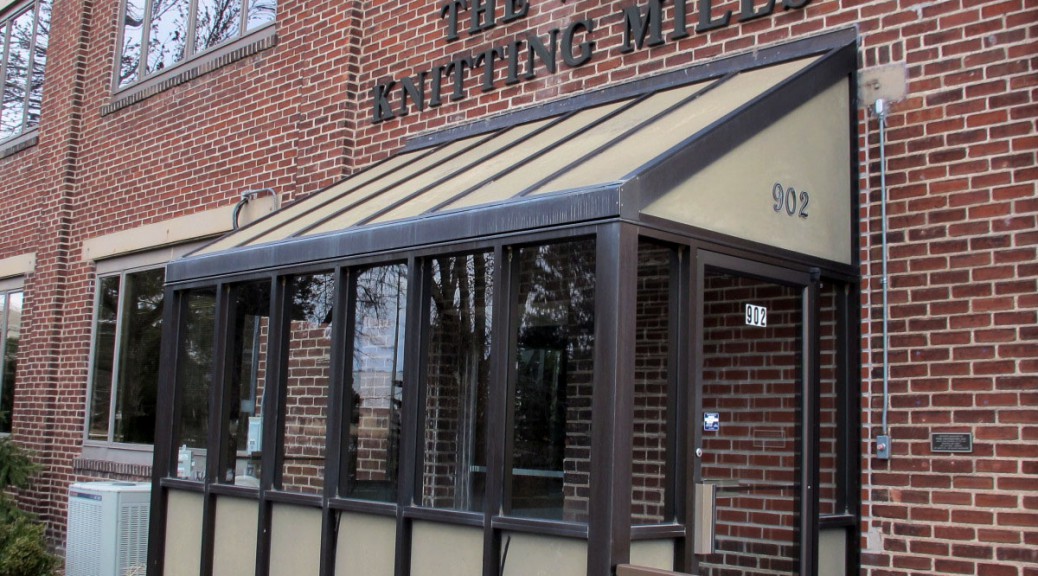College students in the Minnesota State Colleges and Universities System can expect the cost of their meal plans to go up about 11 percent next year due to the growing demand for more food options.
Greg Ewig, The Director of Capital Development for MnSCU said students can expect to pay approximately $2,900 per year for an average food service plan compared to the $2,603 they currently pay.
According to Ewig, the increase is due to student demand for more meal options.
“Part of the price increase reflects the fact that there is an expectation that there is going to be some improvements that will happen to the food on campus,” Ewig said, specifically referring to the Winona State University campus.
Ewig said students are especially interested in seeing more locally grown food and gluten-free options.
All schools in the MnSCU system have been in contract negotiations with food vendors and will begin the new contracts starting July 1.
WSU will renew their contract with Chartwells and students will see new changes to meal plans this fall.
Ewig said student voices impact choosing a food service vendor.
“Student involvement has been robust and sustained throughout the process,” Ewig said.
“For each university, students served on the selection committee and discussions engaged student and the Residence hall advisory and related student boards.”
According to Ewig, MnSCU schools engaged in extensive surveys of students, faculty and staff to better understand the food service needs. During this effort, 4,217 individuals responded to the surveys at the universities.
While WSU students can expect an increase in the cost of a meal plan, they will also see changes on campus for the 2016-17 school year.
John Sinniger, director of Chartwell’s at WSU, said student’s opinions are important and their feedback has been heard.
“We’ve always engaged in food committees on campus,” Sinniger said. “They have a really good one here and I’ve been with the company for over 30 years and I use that as literally my arms and legs.”
Sinniger said student’s dietary concerns such as providing gluten-free and vegan options, are often discussed concerns.
According to Sinniger, WSU’s Jack Kane dining center will be renovated to include a large center island where they will serve allergen-free food.
He said the island will provide food free from seven major allergens such as dairy, gluten, peanuts and soy.
The island will also have its own dishes, dishwasher and freezers to avoid cross-contamination.
Along with the renovations to the Jack Kane Dining Center, Sinniger said the Darrell W. Krueger Library will get an Einstein’s Bagels and Caribou Coffee.
There is also discussion of expanding the Mugby Junction in Somsen Hall and doing small renovations to the dining center in Lourdes Hall.
Even though Chartwell’s promises to expand options for those who are gluten-free, there are still some students with other food preferences and opinions that haven’t been heard.
WSU sophomore, Megan Garritty, identifies as a vegetarian.
Garritty said she thinks Chartwells has some good options right now, but is unsure of how healthy it is. She said she thinks another food vendor could have healthier options, and might be a better option for WSU.
Garrity said she has a block meal plan because she lives off-campus, but she hasn’t used it much.
When she does eat on campus, she prefers a grilled cheese from Grill Nation in the Smaug or a Mondo’s sandwich. Garritty also said she often gets smoothies from the C-Store, which she really likes.
“I don’t eat in the dining center anymore just because there aren’t many options for me as a vegetarian,” Garritty said.
Along with not having many vegetarian options, she also said the omelet station in the dining center needs improvement to be better for vegetarians.
“The cooks behind the station don’t clean it in between each person’s order, so when it’s your turn,” Garrity said, “There are sometimes little pieces of meat lying there, or bacon grease.”
Garritty said it would be beneficial to train the cooks or remind them about dietary restrictions to help avoid this problem.
Providing more options for vegans and vegetarians is something Garritty thinks food can always improve.
She said the one small line for vegetarians in the dining center is never very appetizing so vegetarians don’t have enough variety.
Garritty added, “I also think better salad bar options would benefit not just vegetarians, but everyone on campus.”
Reagan Johnson, a WSU junior, is a vegan. She said she was not much of a meat eater growing up and this past fall decided to make it her new year’s resolution to become a vegan.
Johnson said she does not have a meal plan on campus, and said it’s not the best option for her because there is only about three things that are a good option for her to eat on campus.
She said she brings a lot of her own food to campus, or she will get vegetarian sushi from the C-Store or a sandwich from Mondo’s with just veggies.
“It’s nice that they have snacks in the C-Store that you can grab,” Johnson said.
She said she would prefer if Chartwells had more variety.
Although she can’t eat most of the meals because of her vegan diet, she said it would be helpful if they simply removed or didn’t put cheese on a lot of the dishes, such as the pasta in the Smaug.
Johnson said she rarely buys things on campus because she feels they are expensive.
“Especially the sushi. That alone is $6 or $7 just for carrots and cucumber.” Johnson said.
With the prices where they are now, and the expected price increase, Johnson said it would definitely impact her decision-making.
She said she would probably not buy food on campus anymore because it’s not worth the money and she can make a lot of food cheaper at home and be happier with it.




